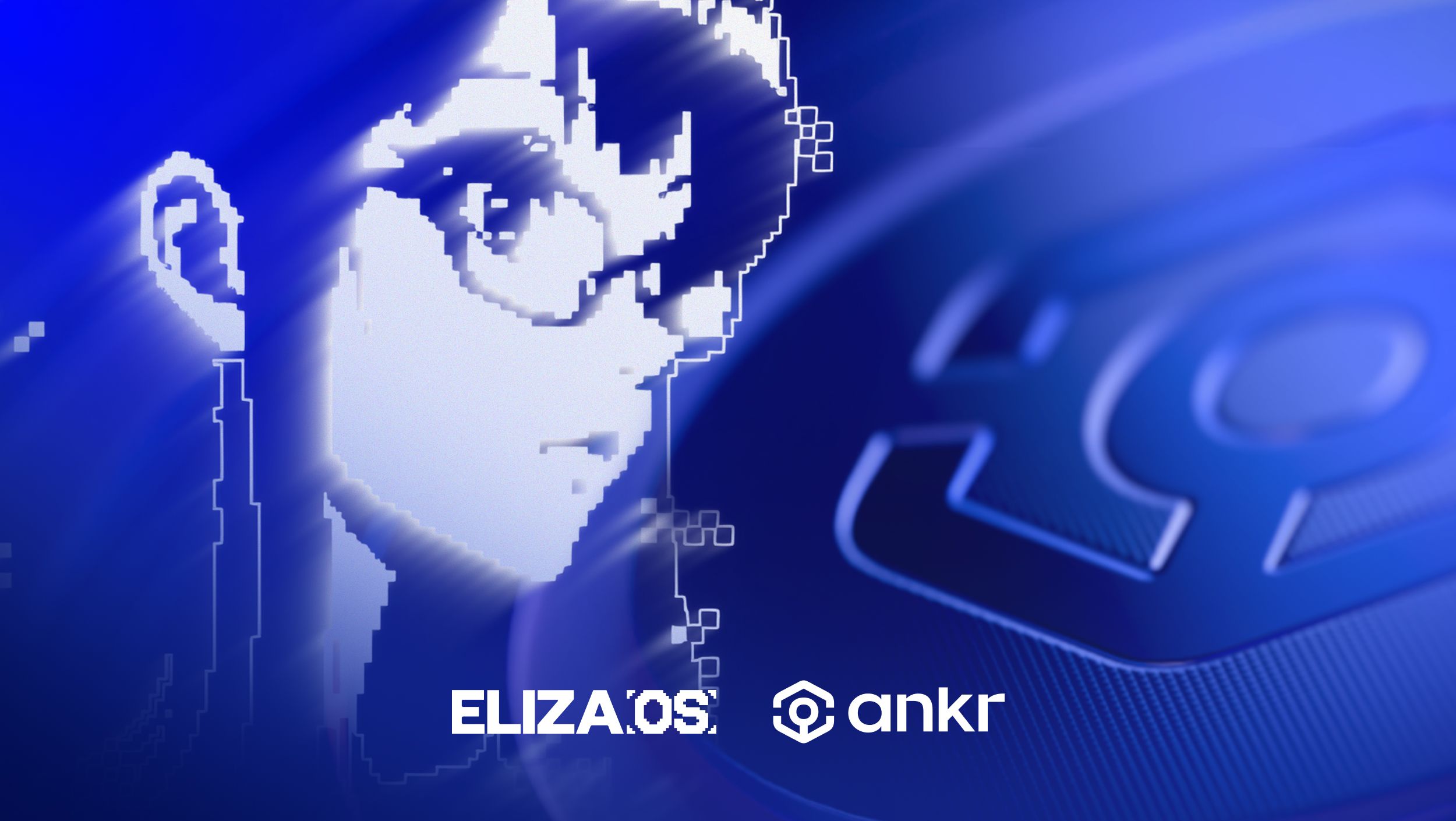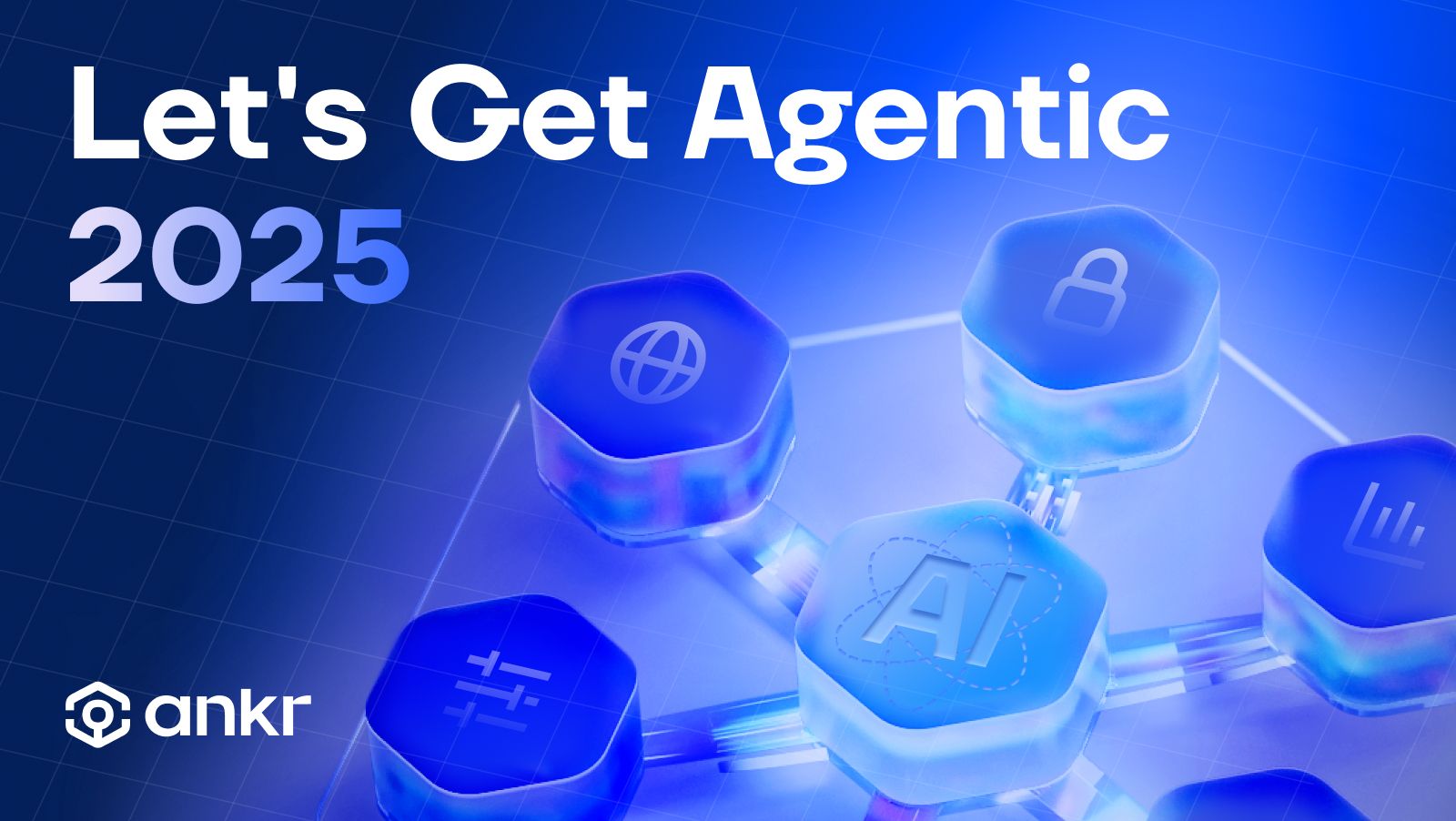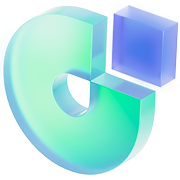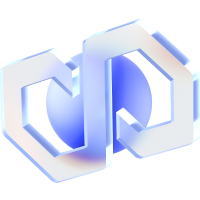The Rise of Multi-Agent Systems: How AI is Transforming Enterprise Operations

Kevin Dwyer
March 20, 2025
4 min read

AI agents have come a long way, completely changing the way many businesses are looking to handle complex tasks. What started as simple tool-calling systems has evolved into advanced multi-agent networks that can tackle much more. This isn’t just about better technology—it’s a whole new way for companies to think about automation and decision-making. This article will dive into what multi-agent systems are and how enterprises are using them to transform and automate operations.
Deploy your first Crypto AI Agent using Ankr →
The Evolution of AI Agents
Modern AI agents use large language models (LLMs) as reasoning engines to determine actions for high-level tasks. These systems' foundational components include chat models (the conversational interface), tools (external functions), and chat history (ongoing context that informs decisions). While early implementations followed simple patterns, today's enterprise solutions feature interconnected specialist agents working together to solve complex problems.
The Challenge of Scale
As organizations deployed increasingly capable agents, a critical challenge emerged: efficiency often decreased as toolsets expanded. This "agent scaling problem" manifests in several ways:
- Decision complexity increases with more available tools
- Longer reasoning chains lead to higher computational costs
- Tool selection accuracy suffers with broader options
- Overall system reliability declines
This challenge has driven the development of more sophisticated architectural approaches, with multi-agent systems emerging as the leading solution.
Multi-Agent Systems: The New Paradigm
Developers have turned to multi-agent architectures to overcome scaling challenges. The most notable approach is the Supervisor architecture, which organizes agents into specialized, well-tested units that function as tools within a structured system.
Key benefits include:
- Agent-as-tool approach: Treating specialized agents as callable tools
- Specific expertise: Each agent focuses on a narrowly defined domain
- Separation of concerns: Tasks are distributed across multiple agents
- Enhanced testability: Individual agents can be independently evaluated
Ankr’s Moniqa: A Case Study in Advanced Agent Architecture
Ankr's monitoring agent Moniqa exemplifies these principles in practice. As a dedicated monitoring and QA agent, Moniqa analyzes real-time telemetry metrics and RPC usage data for blockchain services, demonstrating the value of specialized focus within a broader agent ecosystem.
Moniqa works within a multi-agent architecture alongside specialized components like the NodeOps Agent, which handles aspects such as blockchain node health and host resource analysis. This separation of responsibilities ensures each agent maintains efficiency even as the overall system grows in complexity.
Model Context Protocol: Enabling Agent Collaboration
For multi-agent systems to function effectively, standardized communication is essential. The Model Context Protocol (MCP) enables seamless interaction between agents, supporting:
- Scalable deployment: Agents operate independently but cohesively
- Standardized messaging: Efficient collaboration between agents
- Optimized workflows: Agents can call each other as needed
- Networked expertise: Each agent contributes specialized knowledge
In Ankr's implementation, this protocol allows Moniqa and other agents to share data and insights, creating a more responsive and integrated operational environment.
Enterprise Implementation Framework
In enterprise settings, AI agent architectures typically feature distinct operational zones:
- Front Office: User-facing agents handling external requests
- Back Office: Specialized agents focusing on internal tasks
- Private Network: Secure agents accessing protected resources
Within this framework, monitoring agents like Moniqa serve as front-office components, interacting directly with stakeholders while collaborating with back-office systems to deliver comprehensive insights.
Building Blocks of Modern Agent Systems
The core components of advanced agent frameworks include:
- Clients: Systems that invoke agents (messaging platforms, APIs, scheduled tasks)
- Preprocessors: Components that prepare input (called "Providers" in ElizaOS)
- Tools: Functions that agents can call to perform tasks
- Postprocessors: Components that validate or enhance results
- Plugins: Additional components that extend functionality
In practical implementations, these components work together to create resilient, capable agent systems that can address complex enterprise needs.
Evaluation: The Critical Component
Unlike traditional software, AI agents require continuous assessment. Effective evaluation helps identify weaknesses, refine prompt strategies, and improve decision-making. Tools like PromptFoo facilitate structured testing, enabling teams to benchmark and iterate on agent behavior efficiently.
The Future of Multi-Agent Systems
As organizations continue to deploy advanced agent architectures, we can expect to see:
- Deeper integration with existing enterprise systems
- More sophisticated collaboration between specialized agents
- Enhanced security and governance frameworks
- Expansion beyond monitoring to active operational control
Ankr's approach with Moniqa represents an early example of these trends, demonstrating how domain-specific agents can deliver substantial value when properly integrated within multi-agent systems.
Final Thoughts
The evolution from simple agents to sophisticated multi-agent systems represents a fundamental shift in artificial intelligence applications. By distributing cognitive load across specialized agents, organizations can overcome scaling challenges while improving overall system performance.
As these architectures continue to mature, they will reshape how enterprises approach automation, monitoring, and decision support across industries, with monitoring agents like Moniqa serving as just one example of the broader potential of this transformative technology.
Join the Conversation on Our Channels!
Twitter | Telegram | Discord | YouTube | LinkedIn | Instagram | Reddit | All Links
Similar articles.

How We’re Making Blockchain-Aware AI Agents With elizaOS

Kevin Dwyer
February 4, 2025

TL;DR
- elizaOS is a powerful framework for building AI agents.
- Ankr lets agents learn from blockchain data and execute on-chain tasks autonomously.
- **The possibilities are...

Let’s Get Agentic: The State of Crypto AI Agents in 2025

Kevin Dwyer
February 18, 2025

Imagine using software that doesn’t just follow your commands but thinks, learns, and adapts—advancing your goals autonomously. This is exactly what AI agents are designed...



